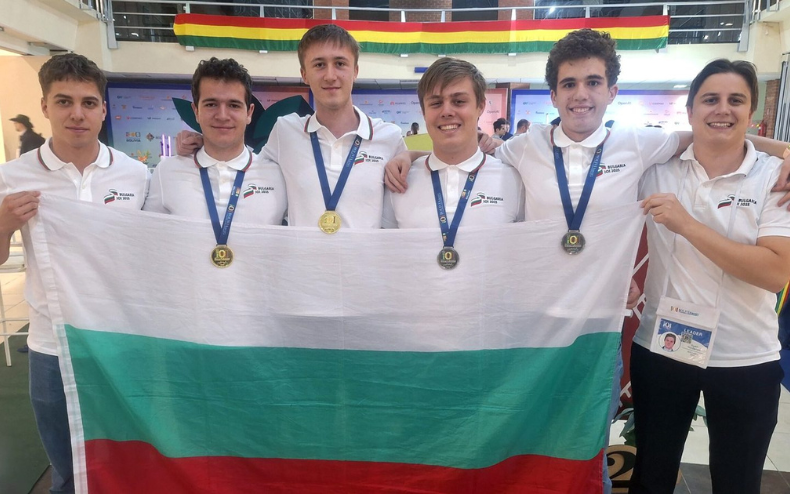 This year Nobel prize in Physics is awarded for two independent contributions. One half was awarded to Roger Penrose for the discovery that black hole formation is a robust prediction of the general theory of relativity, the other half jointly to Reinhard Genzel and Andrea Ghez for the discovery of a supermassive compact object at the centre of our galaxy.
This year Nobel prize in Physics is awarded for two independent contributions. One half was awarded to Roger Penrose for the discovery that black hole formation is a robust prediction of the general theory of relativity, the other half jointly to Reinhard Genzel and Andrea Ghez for the discovery of a supermassive compact object at the centre of our galaxy.
Roger Penrose is an eminent British mathematician and mathematical physicist. He is Emeritus Rouse Ball Professor of Mathematics at the University of Oxford. Penrose has made contributions to the mathematical physics of general relativity and cosmology. This year he was awarded half of the Nobel prize for Physics for his analysis of black hole formation in general relativity. His main contribution is the proof that the curvature singularity of a black hole is not an artefact of the symmetry, a common belief at the time, but inevitably forms as long as a trapped surface exists. In other words, as long as there are an apparent horizon a curvature singularity forms independent on the shape of the horizon. This is an extremely important discovery as it demonstrates that perturbations and deviations from spherical (or axial) symmetry do not destroy the structure of a black hole proving that black holes are a robust prediction of the theory of general relativity. Among his numerous other contributions is the formulation of the cosmic censorship hypothesis, stating that singularities need to be hidden from an observer at infinity by the event horizon of a black hole.
Reinhard Genzel is a German astrophysicist, co-director of the Max Planck Institute for Extraterrestrial Physics and Andrea Mia Ghez is an American astronomer and professor in the Department of Physics and Astronomy at UCLA. They both lead groups of astronomers that, since the early 1990s, have focused on a region called Sagittarius A* at the centre of our galaxy. The measurements of these two groups agree, with both finding an extremely heavy, invisible object that pulls on the jumble of stars, causing them to rush around at dizzying speeds. Around four million solar masses are packed together in a region no larger than our solar system. Their pioneering work has given us the most convincing evidence yet of a supermassive black hole at the centre of the Milky Way.









